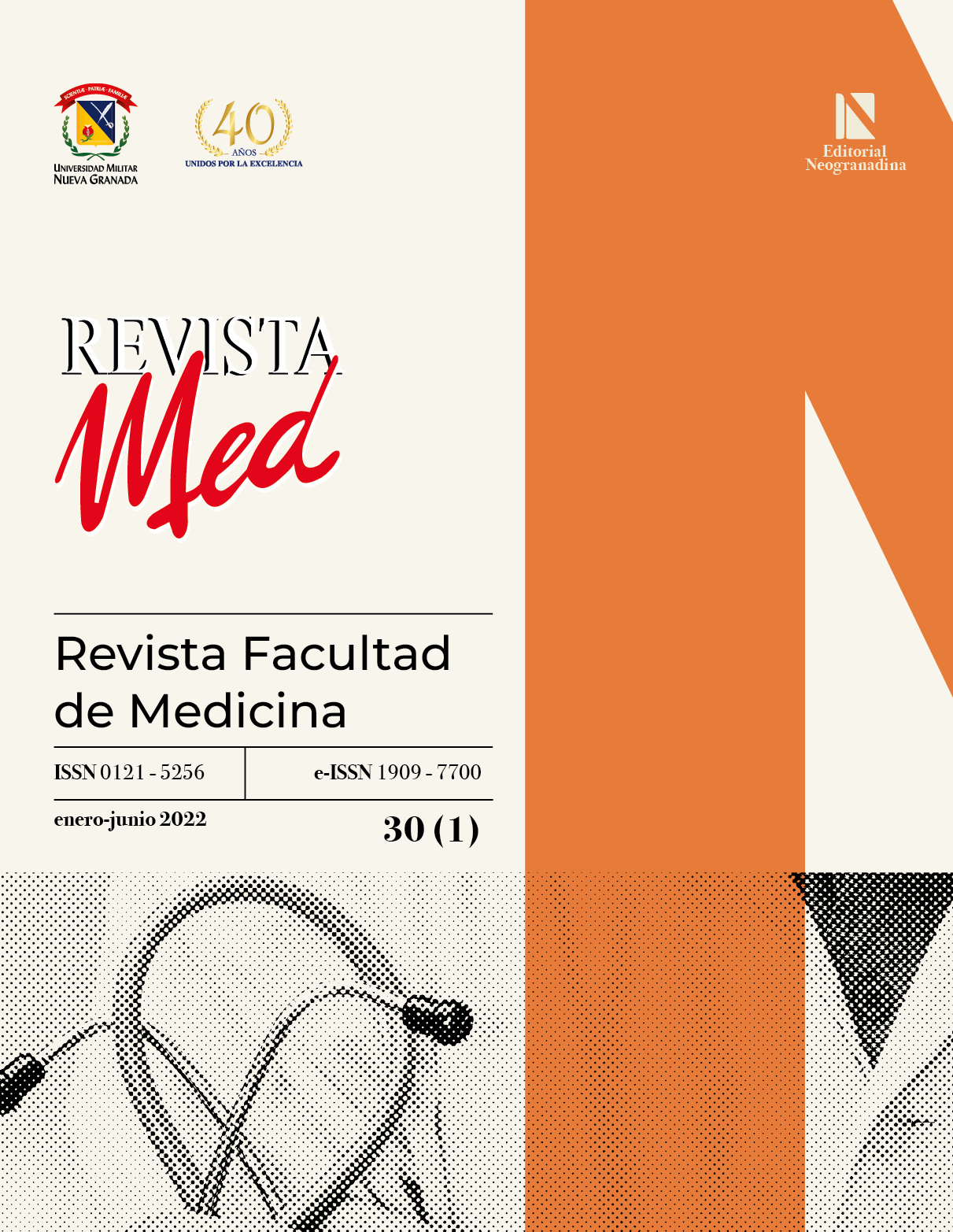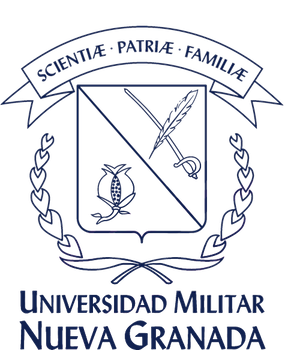Reference Values of Electromyography Studies of the Masseter and Temporalis Muscles
Abstract
The masseter and temporalis muscles are very relevant in the process of mastication; they are also often affected by myoarticular and neurological diseases,among others.This study aims to present the results of electromyography with needle electrodes of the masseter and temporalis muscles at the time of mastication, evaluating the parameters in amplitude and duration of the potentials obtained. Twenty-six individuals were taken with a previous dental evaluation that ruled out congenital alterations, masticatory defects, and with normal dynamometry at the moment of maximum occlusion, to whom needle electromyography was performed in the masseter and temporalis muscles at maximum occlusion; the results were analyzed under the study of the maximum and minimum amplitude values,as well as duration located in percentiles and quadrilles, seeking to determine values that could be considered normal in this sample. When studying the temporal muscle, it was found that the normal duration is between 4.75 and 6.487 msec, while the amplitude would be between 1572.05 uV and 1038.03 uV; in the case of the masseter muscle, it was evidenced that the normal duration is between 4.03 and 6.767 msec, while the amplitude would be between 2838.43 uV and 1864.635 uV. This study reveals values specific to our population in terms of duration and amplitude of the motor unit action potentials of the temporalis and masseter muscles, which agree with those previously established as normal. In previous studies performed in other parts of the world, it was found that the duration is shorter than in the extremities. Still, the amplitude is similar, although with a tendency to lower values than the average.
Downloads
References
Diaz-Ruiz J. Electrodiagnostico y Diagnostico Topografico en las Enfermedades Neuromusculares. Electrodiagnostico y Diagnostico Manual De Medicina De Rehabilitación; 2008, Editorial Manual Moderno; p.161–168.
Albornoz M, Ogalde A, y Aguirre M. Estudio Radiográfico y Electromiográfico de los Músculos Masetero y Temporal Anterior en Individuos con Maloclusión Tipo II, 1 de Angle y Controles. International Journal of Morphology. 2009;23(3):861–6. https://www.scielo.cl/pdf/ijmorphol/v27n3/art36.pdf
Tomonari H, Seong C, Kwon S, Miyawaki S. Electromyographic activity of superficial masseter and anterior temporal muscles during unilateral mastication of artificial test foods with different textures in healthy subjects. Clin Oral Investig. 2019;23(9):3445–55. https://pubmed.ncbi.nlm.nih.gov/30607620/
Esteves EA, Guio SP, De los Reyes Guevara CA, Cantor E, Habeych ME, Malagón AL. Reference values of upper extremity nerve conduction studies in a Colombian population. Clinical Neurophysiology Practice. 2020;5:73–8. http://dx.doi.org/10.1016/j.cnp.2020.02.001
Wang SH, Robinson LR. Considerations in Reference Values for Nerve Conduction Studies, Physical Medicine and Rehabilitation Clinics of North America. 1998;9(2):907–23. http://dx.doi.org/10.1016/S1047-9651(18)30240-7
Spuler S. Johnson’s Practical Electromyography, 4.a ed. Arco Neurol. 2007;64(6):907. http://dx.doi.org/10.1001/archneur.64.6.907-a
Papagianni AE, Kokotis P, Zambelis T, Karandreas N. MUAP values of two facial muscles in normal subjects and comparison of two methods for data analysis. Muscle & Nerve. 2012;46(3):346–50. https://onlinelibrary.wiley.com/doi/10.1002/mus.23327
Coelho Ferraz MJP, Bérzin F, Amorim C. Evaluación electromiográfica de los músculos masticadores durante la fuerza máxima de mordedura. Revista Espanola de Cirugía Oral y Maxilofacial. 2008;30(6): 420–7. https://scielo.isciii.es/scielo.php?script=sci_arttext&pid=S1130-05582008000600004
Sabaneeff A, Duarte Caldas L, Cavalcanti Garcia MA,y Da Cunha Gonçalves Nojima M. Proposal of surface electromyography signal acquisition protocols for masseter and temporalis muscles. Research on Biomedical Engineering. 2017;33(4):324–30.
Gonçalves LMN, Palinkas M, Hallak JEC, Marques JW, Vasconcelos PB, Frota NPR, et al. Alterations in the stomatognathic system due to amyotrophic lateral sclerosis. Journal of Applied Oral Science. 2018;26. http://dx.doi.org/10.1590/1678-7757-2017-0408
Szyszka Sommerfeld L, Budzyńska A, Lipski M, Kulesza S, Woźniak K. Assessment of Masticatory Muscle Function in Patients with Bilateral Complete Cleft Lip and Palate and Posterior Crossbite by means of Electromyography. Journal of Healthcare Engineering. 2020;7. http://dx.doi.org/10.1155/2020/8828006
Zieli´nski G, By´s A, Ginszt M, Baszczowski M, Szkutnik J, Majcher P, et al. Depression and Resting Masticatory Muscle Activity. Journal of Clinical Medicine. 2020;9(4):1–7. http://dx.doi.org/10.3390/jcm9041097.
Gadotti I, Hicks K, Koscs E, Lynn B, Estrazulas J, Civitella F. Electromyography of the masticatory muscles during chewing in different head and neck postures -A pilot study. Journal of Oral Biology and Craniofacial Research. 2020;10(2):23–7. http://dx.doi.org/10.1016/j.jobcr.2020.02.002
Shi L, Liu HF, Zhang M, Guo YP, Song B, Song CD, et al. Determination of the normative values of the masseter muscle by single-fiber electromyography in myasthenia gravis patients. International journal of clinical and experimental medicine. 2015;8(10). https://pubmed.ncbi.nlm.nih.gov/26770586/
Giannasi LC, Dutra MTS, Tenguan VLS, et al. Evaluation of the masticatory muscle function, physiological sleep variables, and salivary parameters after electromechanical therapeutic approaches in adult patients with Down syndrome: a randomized controlled clinical trial. Trials. 2019;20(215). http://dx.doi.org/10.1186/s13063-019-3300-0
Da Silva N, Verri E, Palinkas M, Hallak J, Regalo S, Siéssere S. Impact of Parkinson’s disease on the efficiency of masticatory cycles: Electromyographic analysis. Medicina oral, patologia oral y cirugia bucal. 2019;24(3):314–8. http://dx.doi.org/10.4317/medoral.22841
Palinkas M, Rodrigues L, De Vasconcelos PB, Regalo IH, De Luca Canto G, Siéssere S, et al. Evaluation of the electromyographic activity of masseter and temporalis muscles of women with rheumatoid arthritis. Hippokratia. 2018;22(1):3–9. https://www.ncbi.nlm.nih.gov/pmc/articles/PMC6528696

Copyright (c) 2023 Revista Med

This work is licensed under a Creative Commons Attribution-NonCommercial-NoDerivatives 4.0 International License.











